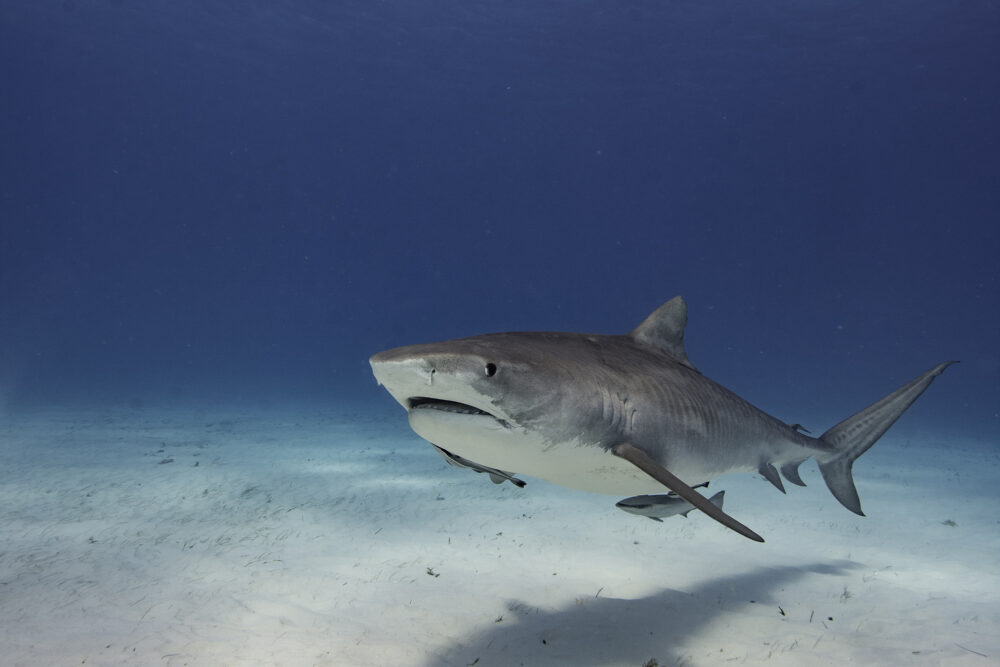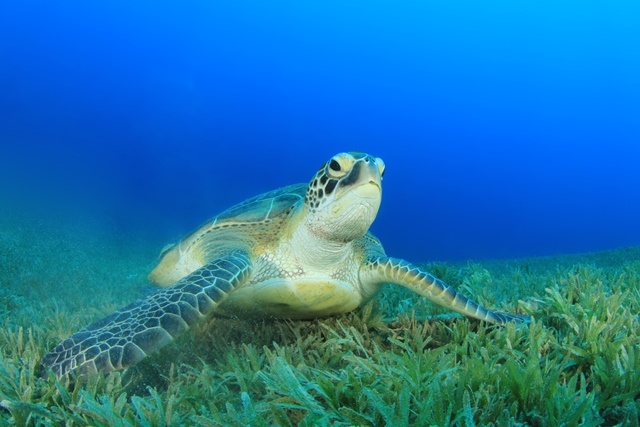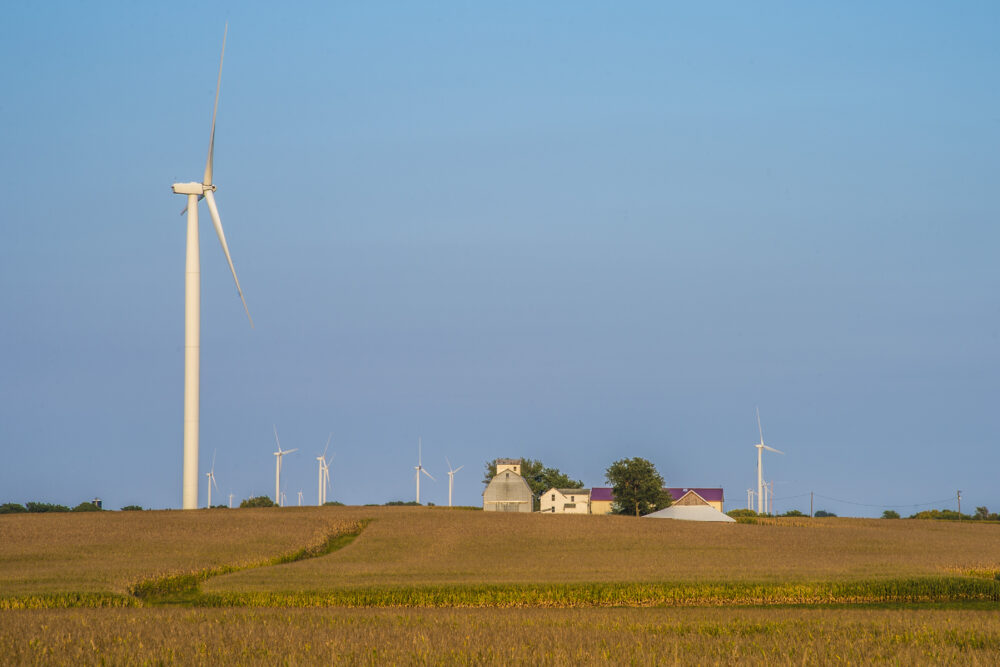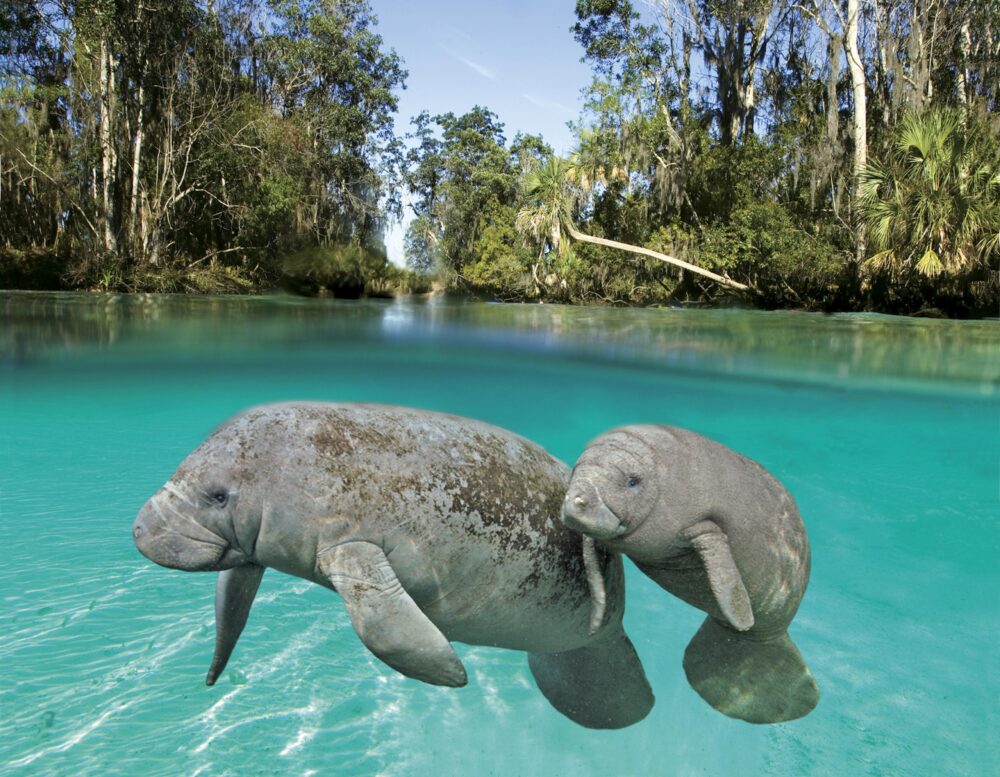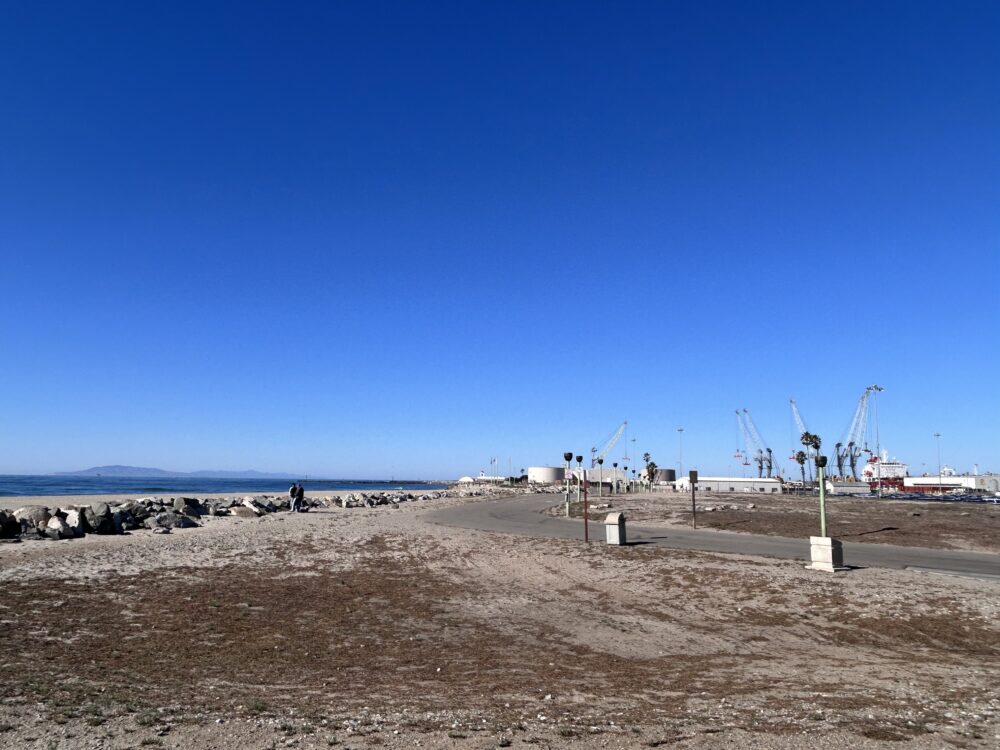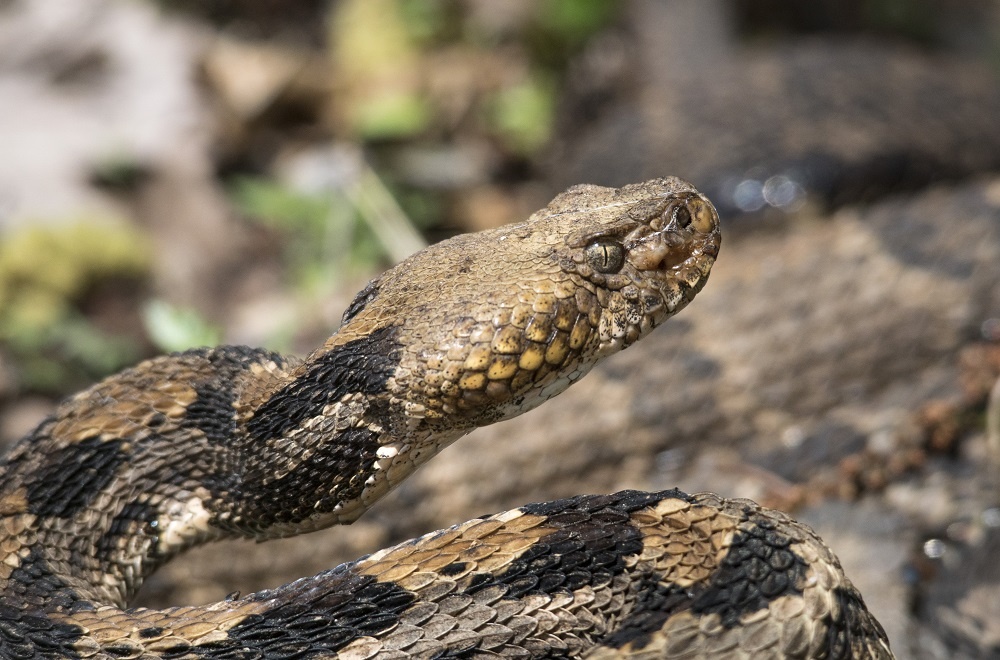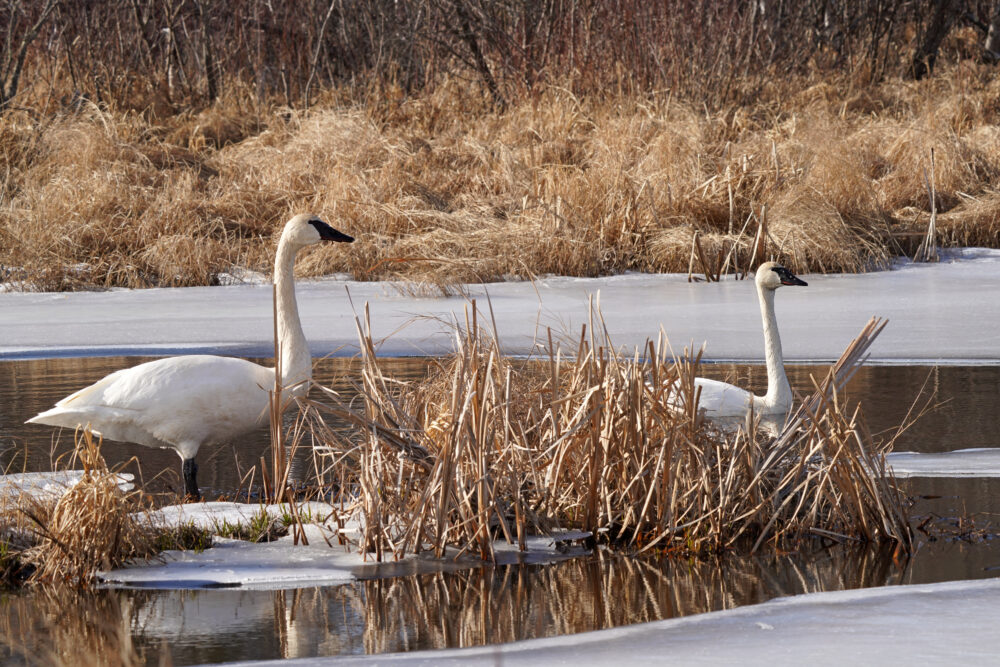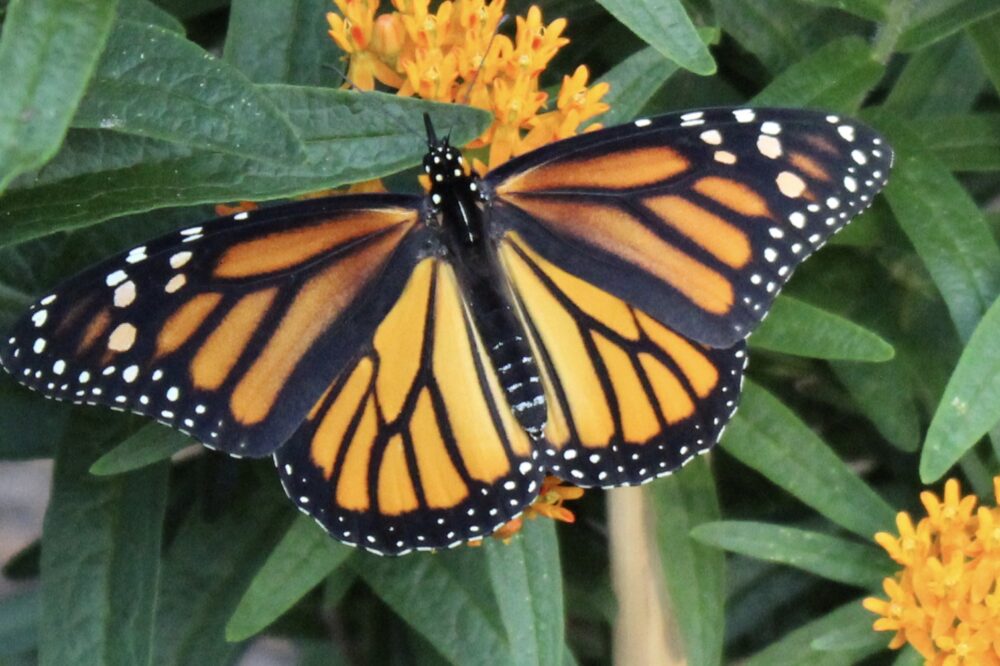We have much more to do and your continued support is needed now more than ever.
Monitoring Bird Interactions with Offshore Wind Development
A Q&A with director of conservation science, Dr. Erik Johnson of Audubon Delta
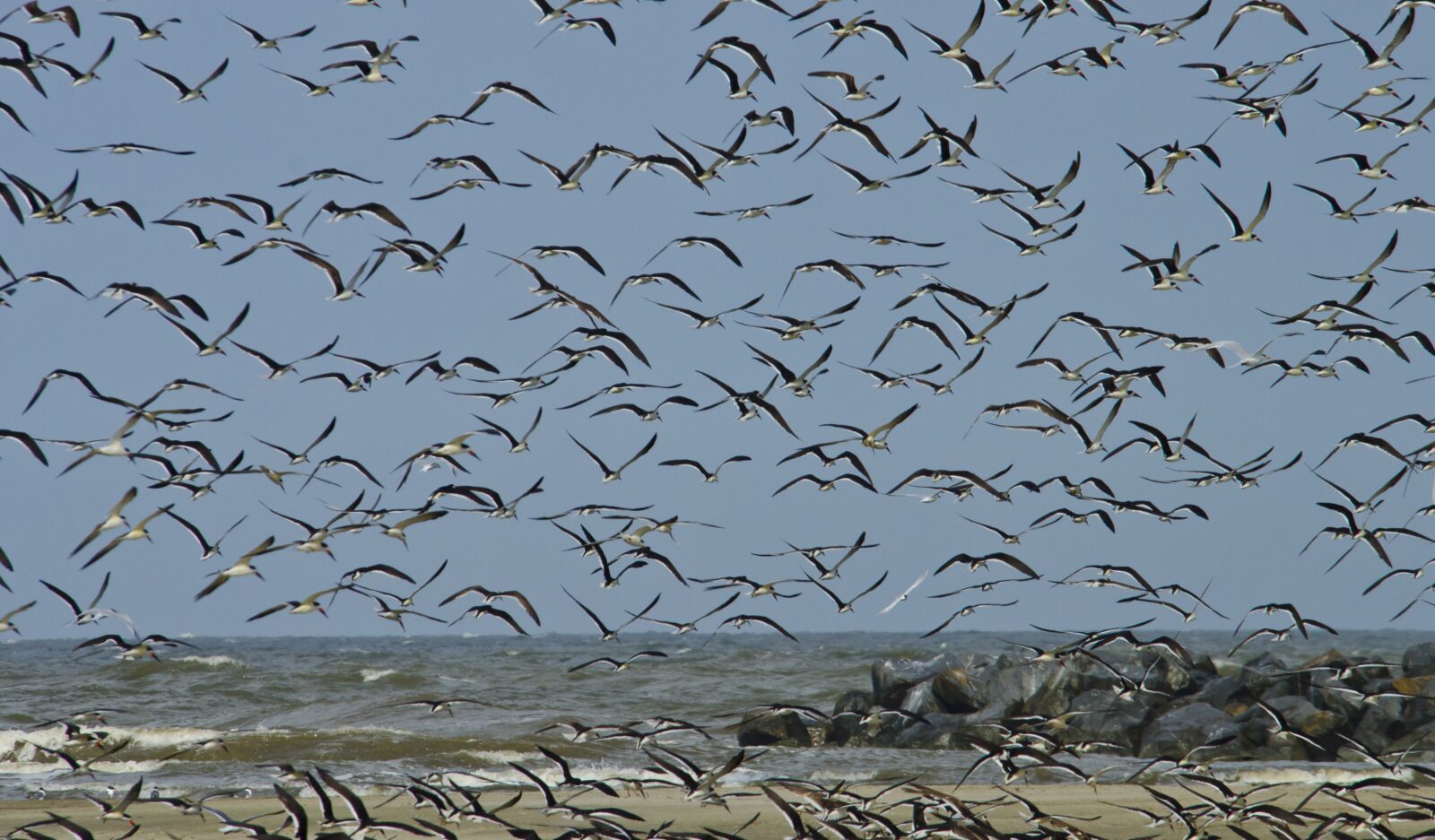
To tackle the climate crisis, we must transition to responsibly developed renewable energy such as offshore wind. Because no form of energy generation is without impact, offshore wind projects will require avoidance and risk reduction measures to ensure impacts to birds are responsibly addressed.
National Wildlife Federation is proud to partner with the National Audubon Society in advocating for responsible offshore wind energy development. This includes calling for increased funding for monitoring technologies and comprehensive mitigation approaches, as well as helping guide decisions around siting and operations.
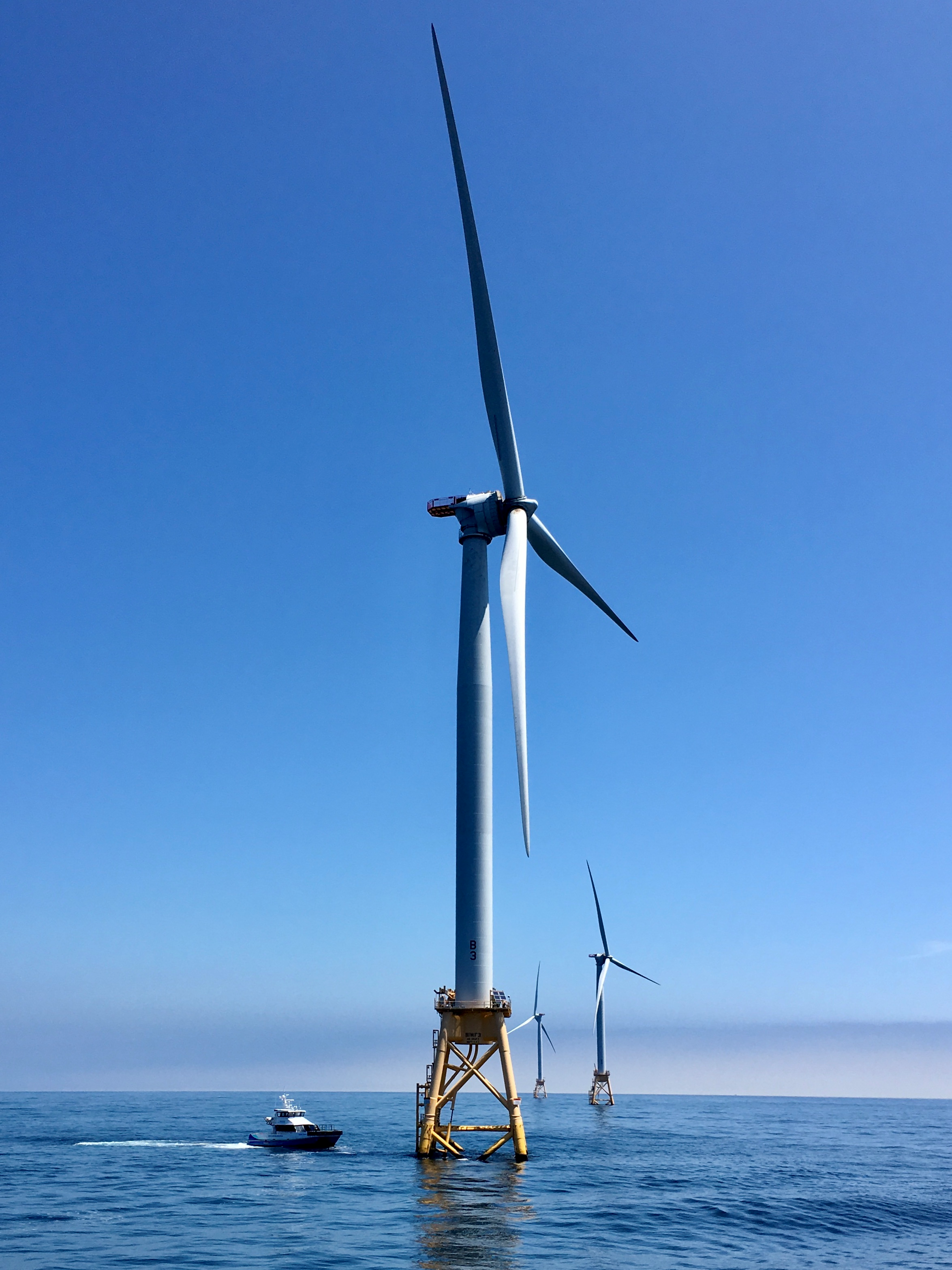
Birds of the Gulf face offshore wind
The Gulf of Mexico is an incredibly diverse ecosystem that supports the migration of over two billion birds annually. Audubon Delta, a regional office of the National Audubon Society, is leading a new research project to understand the flight elevations of landbirds as they cross the Gulf during migration.
This comes at a time when offshore wind leasing is ramping up in the Gulf of Mexico. In federal waters, one lease was awarded to renewable energy company RWE in 2023. Additional lease sales are anticipated in 2025 and 2027. Operating agreements with two wind energy companies have also been approved in Louisiana’s state waters.
To understand more about the challenges and opportunities of offshore wind in the Gulf of Mexico, we talked to Dr. Erik Johnson, Director of Conservation Science at Audubon Delta.

Renewable energy like offshore wind is advancing in the Gulf of Mexico as part of the nation’s effort to reduce carbon emissions. Can you describe how climate change is affecting bird populations?
Audubon’s science team found that two-thirds of North American bird species are at risk of extinction from climate change. Those impacts are already being seen. For example, spring leaf-out and insect emergence is often peaking before birds arrive to breeding grounds, reducing their ability to raise their young. Extreme weather events associated with climate change, like more severe floods, drought, and heat also negatively affect bird populations.
Many people are concerned about offshore wind impacts to birds. How big of a concern is that to you and how do you balance the need vs. the challenges?
The bottom line is that climate change poses an existential threat to birds and people everywhere, and offshore wind will help reduce carbon emissions. Wind energy is not without impacts to birds, so careful considerations around siting and operations are key.
In the northern Gulf of Mexico, it is important to consider the risk of offshore wind development on four groups of birds:
- migratory birds that cross the 600-mile-wide Gulf, such as the prothonotary warbler, blue-winged teal, and swallow-tailed kite,
- migratory shorebirds that move along shorelines and barrier islands, including the threatened piping plover and red knot,
- nesting seabirds, which include the brown pelican, royal tern, and black skimmer,
- pelagic (deep-water) migratory seabirds such as the Audubon’s shearwater, black tern, and northern gannet.
Risks will vary depending on the exact location and type of bird. Siting projects in lower-conflict areas and implementing risk reduction technologies are critical to help minimize impacts.
How are the risks posed to birds from offshore wind different from land-based (onshore) wind development?
Technologically, offshore wind structures are larger and must deal with potentially challenging conditions like hurricanes and water-based maintenance. Ecologically, there are different types of wildlife associated with marine versus terrestrial environments.
Under favorable conditions, we believe that migrating birds fly over the Gulf at altitudes much higher than wind turbines, although we are actively testing this notion, and more on that is below. Even so, in the offshore environment, migratory landbirds do not have the opportunity to land during inclement weather, and how they adjust flight altitudes remains unclear.
Seabirds and shorebirds tend to move around the northern Gulf at much lower altitudes, potentially increasing collision risk. Research is needed to understand how they might (or might not) avoid wind turbines.
While most offshore wind development in the U.S. is focused far offshore in federal waters, the state of Louisiana is also considering projects close to shore. What are the key distinctions between offshore wind in federal waters versus those in nearshore state waters?
There are significant differences in the ecological landscape between the nearshore and offshore environments. Federal waters projects being considered in the Gulf of Mexico are all more than 30 miles from the coast–they won’t be visible from shore, and most of our nearshore seabirds like pelicans and terns don’t often venture out that far.
In state waters less than three miles from land, however, there is a tremendous amount of bird activity. Louisiana’s coastal waters support disproportionate numbers of nesting seabirds, including approximately one-third of all brown pelicans and royal terns in the Gulf of Mexico and Atlantic, as well as three-quarters of the Western Hemispheric population of sandwich terns. That means Louisiana has a big responsibility to protect these birds from a variety of threats, including nearshore wind development.
What are some ways to reduce offshore wind impacts to birds?
Responsible offshore wind development begins with avoiding areas with the highest potential impact to birds and other wildlife. The Bureau of Ocean Energy Management did this extremely well by selecting federal lease areas for offshore wind that are the least likely to be used by seabirds, thanks to years of surveys and analysis.
In contrast, the State of Louisiana has not conducted any site analysis and instead allows operators to select locations within state waters. Allowing the wind industry to choose their own lease sites in Louisiana’s nearshore waters without any scientific study is simply irresponsible.
Visuals and sound, like anti-perching devices and contrastingly painted turbine blades, may help birds avoid offshore wind turbines. Monitoring the success of these approaches is critical. Mitigation can help offset wildlife impacts by investing in species and habitat protection in places that will help increase their populations. A “net no-harm” minimum threshold must be adopted by state and federal policy makers to ensure that wind energy development does not impact wildlife populations.
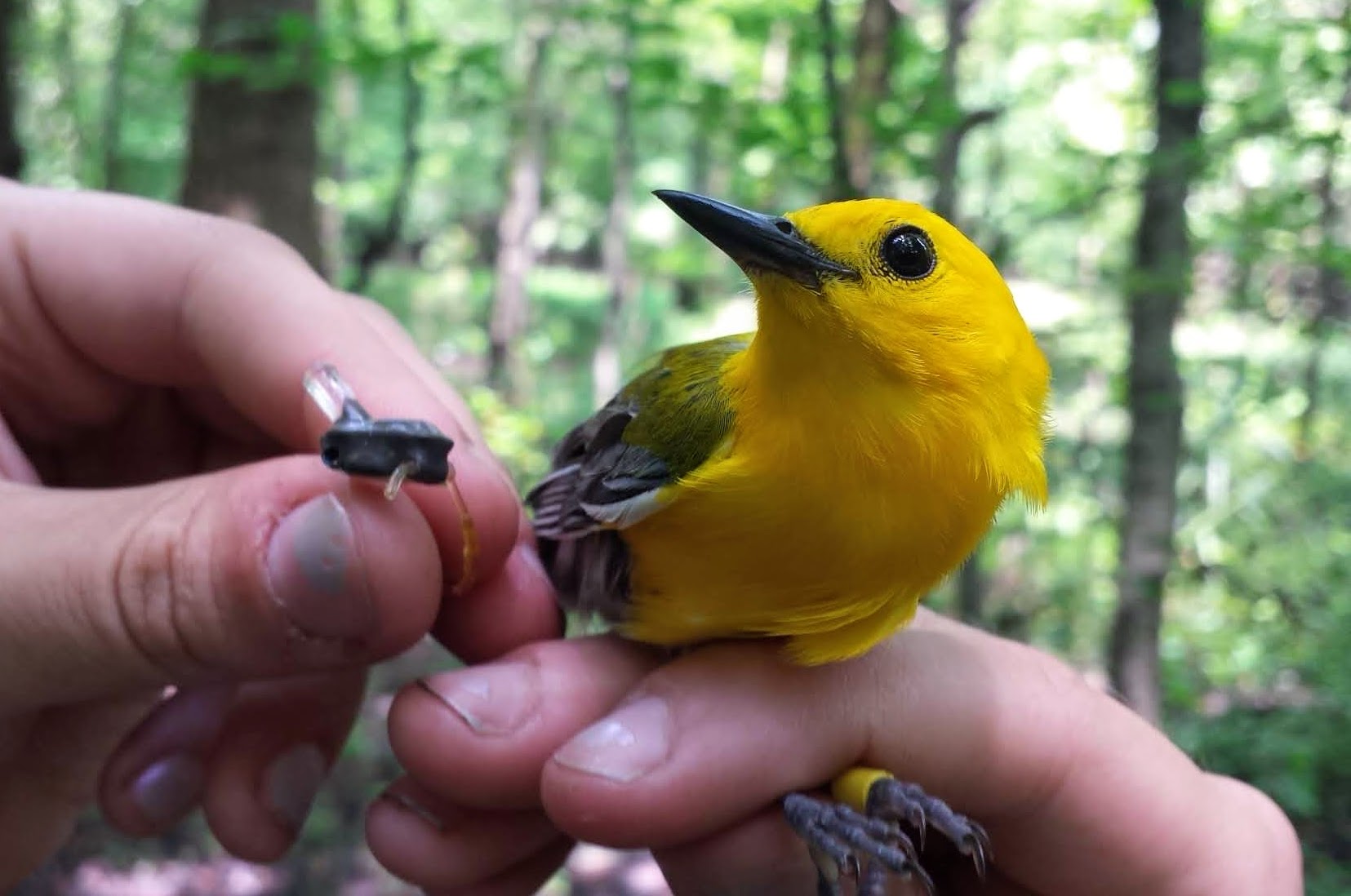
How is Audubon helping answer questions on potential impacts of offshore wind to birds in the Gulf of Mexico?
In 2024, Audubon Delta and partners deployed over 50 multi-sensor geolocators on prothonotary warblers in Louisiana, Kansas, Arkansas, and Ohio. In 2025, we will recover data from returning birds, plotting their flight altitude in 20-minute intervals during their fall and spring migrations over the Gulf, which will provide new insights into how they use the airspace and respond to inclement weather. We are also seeking to deploy geolocators on other species and use these data to inform collision risk assessments.
National Audubon Society and Orleans Sierra recently co-hosted a webinar, Birds Need a Carbon-neutral Future – The Pros and Cons of Wind Energy Development in the Gulf of Mexico. Watch the recording here (passcode: m#6hy0fj)
The Gulf Coast faces many environmental challenges. What keeps you hopeful in your work?
The northern Gulf of Mexico ecosystem is incredibly dynamic and resilient. Between hurricanes, oil spills, pesticide contamination, levees and channelization, ship traffic, and many other stressors, the Gulf remains a vibrant place for wildlife. Even so, it includes many at-risk species, including various sea turtles, Bryde’s whales, and birds like red knots, piping plovers, and eastern black rails. Protecting those species must remain a top priority as we reduce our reliance on fossil fuels.
I am hopeful that we can get this transition right to maximize its contribution to our communities and ecosystems, but it will require coordination and collaboration among state and federal agencies, industry, Tribes and Indigenous communities, local communities, and environmental justice and nature-based non-profit organizations.
To receive updates from NWF’s offshore wind team, sign up for Seabreeze, the monthly offshore wind newsletter.







